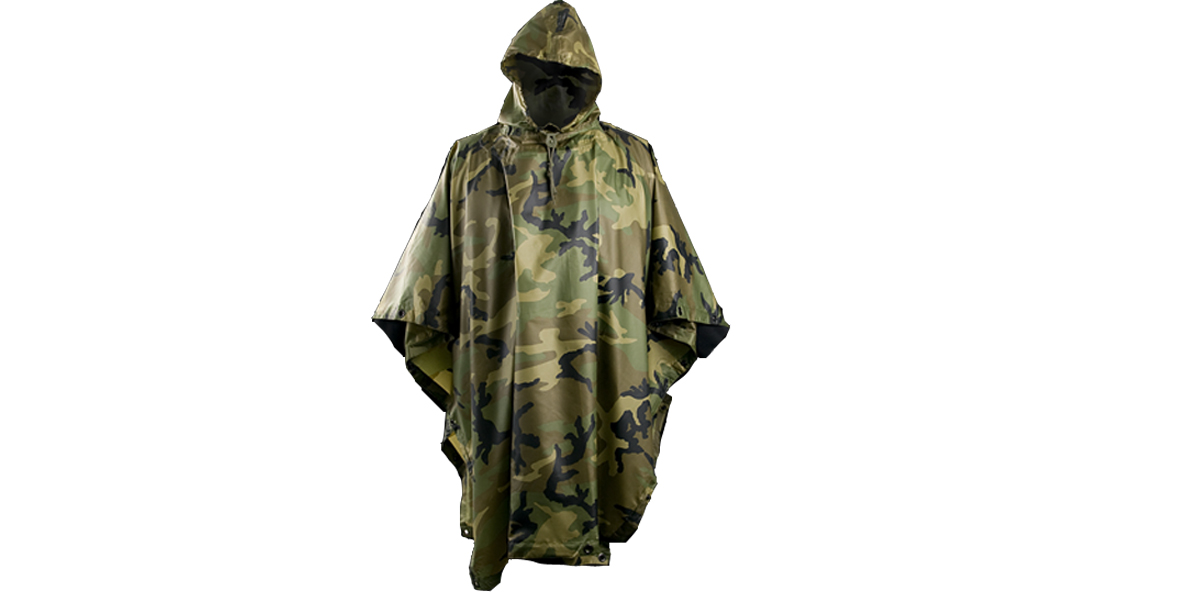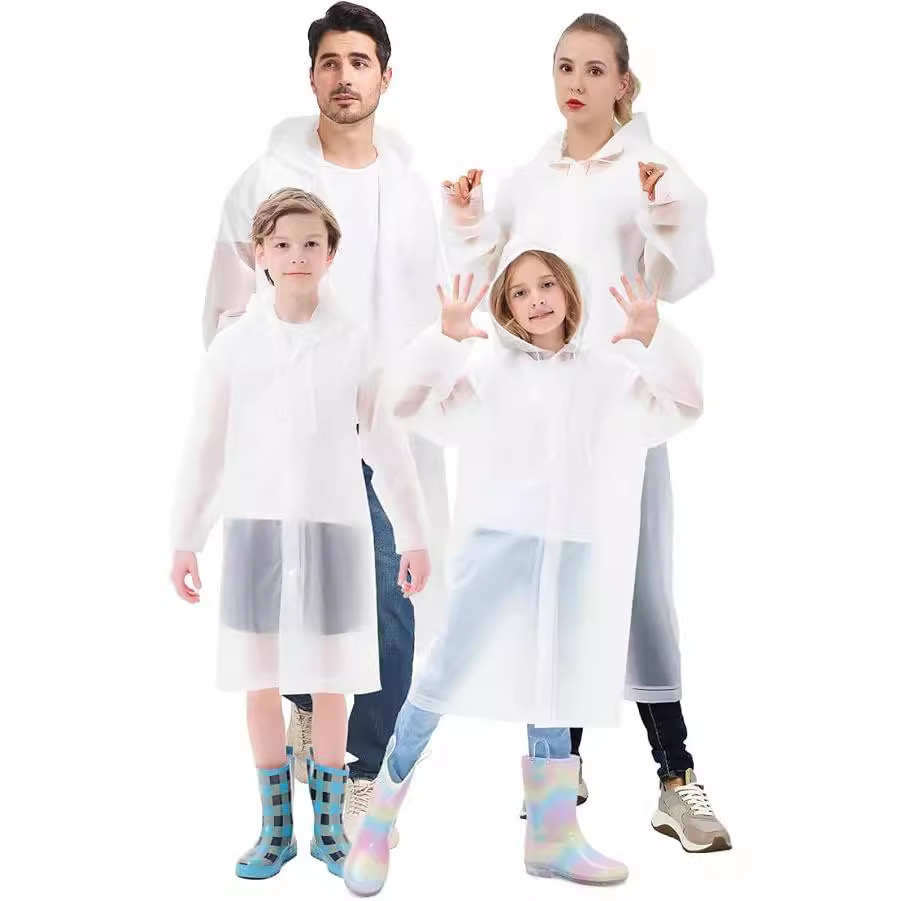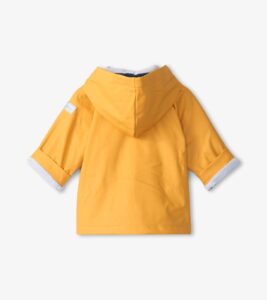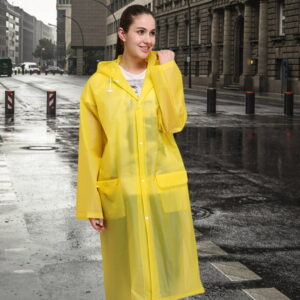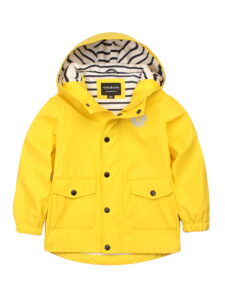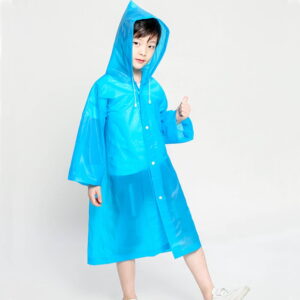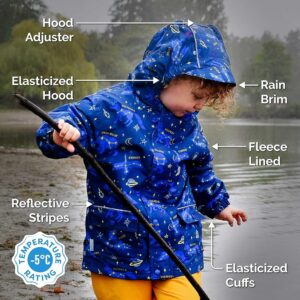A lightweight rain poncho is a versatile, compact, and essential piece of outdoor gear. Many people use it to stay dry during unexpected downpours, but some models come with added benefits. The 3-in-1 lightweight rain poncho combines several functions in one design. It serves as a raincoat, emergency shelter, and a backpack cover. However, like any product, it has its share of issues. Understanding both the features and potential problems can help you make an informed decision when choosing the best rain poncho.

3-in-1 Features of a Lightweight Rain Poncho
1. Rain Protection
The primary feature of any lightweight rain poncho is its ability to keep you dry. Waterproof materials such as nylon and polyester are commonly used to create these ponchos. These fabrics are treated with waterproof coatings to keep water from penetrating. A waterproof rain poncho offers full body coverage, protecting you from rain, wind, and even light snow.
2. Emergency Shelter
A good lightweight rain poncho is not just for wearing. Some designs are large enough to unfold and provide emergency shelter. In case you need quick protection from the elements, the poncho can double as a temporary tarp. Simply spread it out to shield yourself from rain or wind. For hikers and campers, this feature is a huge advantage when the weather turns unpredictable.
3. Backpack Cover
Many lightweight rain ponchos feature the ability to cover a backpack. These ponchos come with extra material or adjustable closures to accommodate a pack. Keeping your gear dry is crucial in wet conditions. A waterproof rain poncho designed to cover both you and your backpack can protect your belongings while you stay dry.

Benefits of a 3-in-1 Lightweight Rain Poncho
1. Portability
The most significant advantage of a 3-in-1 rain poncho is its portability. Most designs are lightweight and fold down into a small, compact size. You can easily stow it in your bag without taking up much space. Whether you are hiking, biking, or commuting, a packable rain poncho is easy to carry and ready for use when needed.
2. Versatility
The 3-in-1 design makes this poncho incredibly versatile. You can use it as a raincoat to stay dry, a shelter to protect yourself from wind and rain, and a backpack cover to keep your gear safe. This multifunctionality makes it an excellent option for anyone who needs reliable protection in changing weather conditions.
3. Ease of Use
Using a lightweight rain poncho is simple. Unlike jackets or coats, which require precise sizing, a poncho is typically one-size-fits-all. You can quickly slip it over your head for rain protection or set it up as a shelter in minutes. The lightweight design makes it easy to handle, even in high winds or while on the move.
4. Cost-Effective
A 3-in-1 lightweight rain poncho is a cost-effective solution. Rather than buying separate pieces of rain gear (a jacket, a shelter, a backpack cover), you get all these functions in one product. This combination of features saves you both money and space.

Common Issues with Lightweight Rain Ponchos
While a lightweight rain poncho offers many benefits, it also has some potential issues to be aware of. These challenges can affect its performance, durability, and overall value.
Soft or Poor-Quality Eyelets
Eyelets are small but important components in any poncho. They are used to secure cords, strings, or other closures, such as the adjustable hood or hem. In some lightweight rain ponchos, the eyelets may be made from soft metals or low-quality materials. These weak eyelets may bend or break after repeated use, rendering the poncho less functional.
If the eyelets are too soft, they can tear through the fabric, leading to damage. A poorly made eyelet might also fail to securely hold the cords, causing the poncho to lose its adjustable fit. This can lead to an uncomfortable, loose fit that fails to protect you properly during heavy rain or wind.
Eyelet quality is crucial, and if you’re purchasing from lightweight rain poncho manufacturers, ensure they use strong, durable eyelets. Some best rain poncho manufacturers ensure that eyelets are made from hardened metal or reinforced plastic to prevent these issues.
Waterproof Fabric Quality
Waterproof performance is a key factor in a lightweight rain poncho’s effectiveness. If the fabric is of poor quality or lacks proper waterproofing treatment, it will fail to protect you. Over time, low-quality fabrics can absorb water instead of repelling it.
The poncho’s waterproof layer must be of high quality, ensuring that the fabric repels water effectively and remains dry. Poor-quality waterproof fabrics can degrade with exposure to sunlight, moisture, and frequent washing, leading to leaks and reduced waterproof performance.
When shopping for a waterproof rain poncho, always check the material and construction. Reputable lightweight rain poncho manufacturers and suppliers in China often use advanced coatings like Durable Water Repellent (DWR) to enhance the fabric’s waterproofing properties. These coatings also allow the poncho to breathe, reducing sweat buildup inside.
Size and Fit Issues
Some lightweight rain ponchos may not fit all body types well. While they are often marketed as one-size-fits-all, this isn’t always the case. The fit might be too loose or too tight for some people, which can affect comfort and performance.
A loose-fitting poncho can flap around in the wind, allowing rain to get inside. On the other hand, a tight poncho may restrict movement, which can be uncomfortable if you need to adjust the poncho for shelter or cover your backpack.
Best rain ponchos from reliable manufacturers tend to offer adjustable features like drawstrings, velcro closures, or adjustable hoods. These adjustments help create a custom fit for different body types and activities.
Limited Durability
Lightweight rain ponchos are designed to be compact and portable, but this often comes at the expense of durability. The fabric used for these ponchos may not be as thick or durable as traditional rain jackets. As a result, they can wear out faster, especially if subjected to rough handling or frequent exposure to the elements.
Over time, seams may start to weaken, or the waterproof coating may wear off, reducing its effectiveness. Regular use of the poncho as a shelter can also lead to abrasions or tears, particularly if the fabric is thin.
To avoid these issues, always opt for ponchos made from high-quality, tear-resistant fabrics. Manufacturers who prioritize durability in their design will create ponchos that can withstand prolonged use.
Unstable Shelter Function
While many 3-in-1 ponchos can be converted into a shelter, not all designs offer stable or reliable shelter. The material might not be large enough to cover a person and gear adequately. Additionally, the tension required to stretch the poncho out for shelter could cause the eyelets or fabric to tear.
Some lightweight rain ponchos are simply too small or have poor designs for setting up as an emergency shelter. For an effective shelter, you need a larger poncho that can handle wind and rain, and has features like reinforced corners or tie-down loops.
How to Avoid Common Issues with Lightweight Rain Ponchos
1. Check for Strong Eyelets
Ensure the eyelets are made of strong, durable materials. Opt for ponchos with metal eyelets or reinforced plastic that can handle pressure without deforming.
2. Look for High-Quality Waterproof Fabric
Make sure the fabric is treated with a reliable waterproof coating. Choose ponchos that use advanced DWR treatments or Gore-Tex fabric for better waterproof performance.
3. Consider Adjustable Features
Select a 3-in-1 rain poncho with adjustable hoods, cuffs, or cords for a customized fit. This will help ensure comfort and proper fit, even in windy conditions.
4. Buy from Reputable Manufacturers
Opt for lightweight rain poncho manufacturers that are known for producing high-quality, durable products. Research customer reviews and ratings to gauge the reliability of the manufacturer.
5. Inspect for Reinforced Seams
Check for reinforced seams and high-quality stitching to prevent wear and tear. Taped or sealed seams are essential for maintaining waterproof performance.
Conclusion
A lightweight rain poncho with 3-in-1 features is an excellent choice for anyone seeking a compact, versatile, and affordable rain solution. It provides protection against the rain, serves as an emergency shelter, and even covers your backpack. However, you must consider potential issues like soft eyelets and poor waterproof performance when choosing a poncho. By selecting high-quality ponchos from trusted manufacturers, you can avoid these issues

